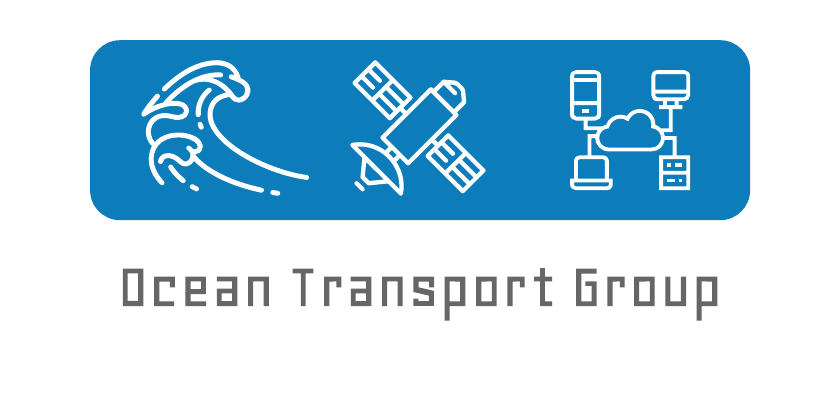Research#
To see published work proceed to publications, or to see cool movies related to research visit channels on youtube or vimeo.
Vertical transport and ocean ventilation#
The ocean exchanges tracers (e.g. heat, carbon, etc) with the atmosphere at the air-sea interface, and these are further exchanged with the interior ocean through the base of the mixed layer. Understanding the mechanisms setting the rate of this vertical transport or ventilation are crucial for quantifying the ocean’s role in climate variability. I have explored the role of the macroscale turbulence, which twists isopycnal outcrops and generates strong fronts near the surface, in controlling this vertical transport using both high-resolution simulations and observations.
Observing and inferring properties of turbulent phenomena#
A key signature of turbulent flows is the distribution of energy (or variance) across a wide range of scales, which is accomplished by a cascade or transfer of energy across scales. It is very challenging to measure the properties of these cascades over the 1-100km range of scales, as these scales are too large to be sampled rapidly by ships and usually too small to be accurately measured by satellites. I have addressed this challenge by using observations from arrays of drifting instruments in combination with appropriate new statistical metrics for working with scattered data. My work has resulted in estimates of the scale-wise distribution and dynamical properties of the kinetic energy and tracer variance, and the rates at which this energy is transferred across scales.
Parameterizations and Parameter estimation#
Mesoscale (100 km) ocean eddies, the dominant weather systems in the ocean, play a central role in transport by either directly stirring tracers and/or by dynamically modifying the stratification and mean flow. However, these eddies are usually not resolved in climate simulations, and often parameterized as diffusion. I have estimated observation-based constraints on this diffusivity parameter, and also focused on deciphering the functional relationships between the estimated parameters and the large-scale flow. For this work we use theory and high-resolution simulations and observations. Some of this work is proceeding under the umbrella of M2LInES.
